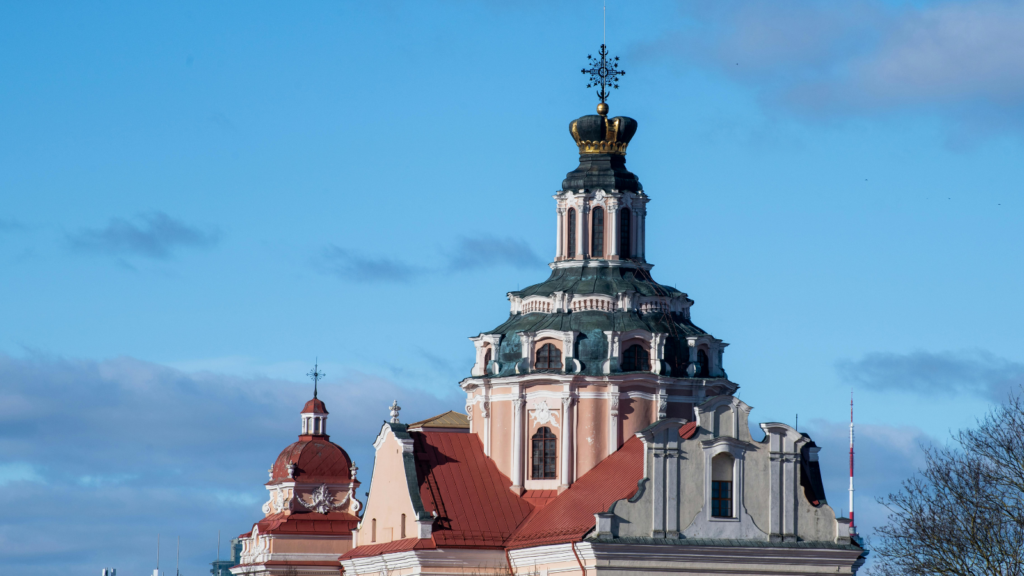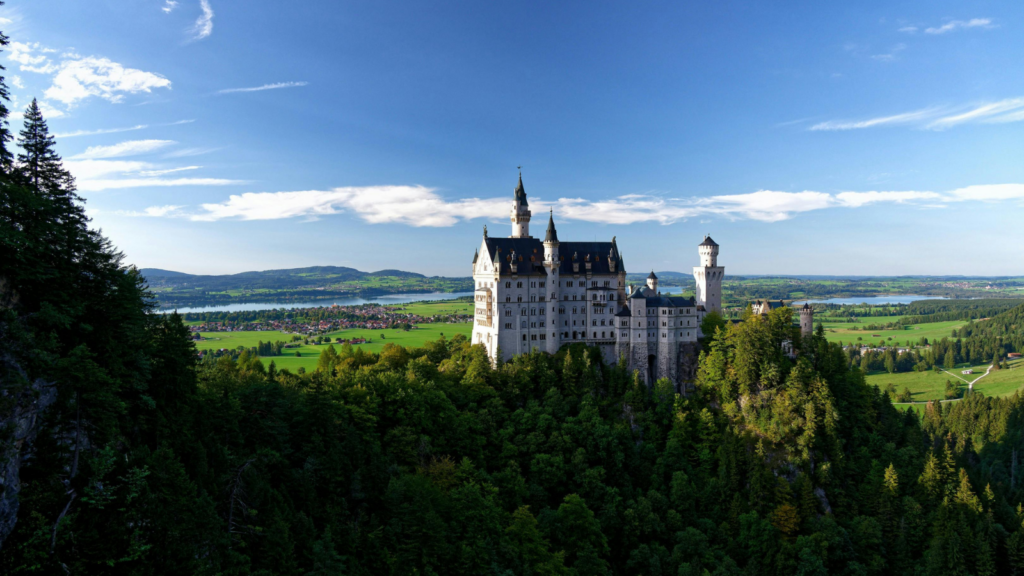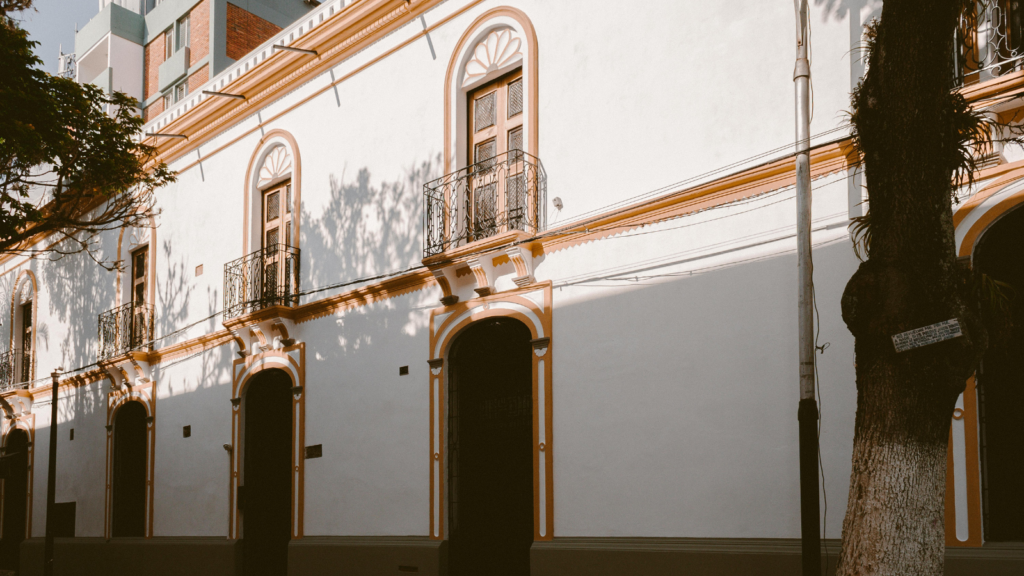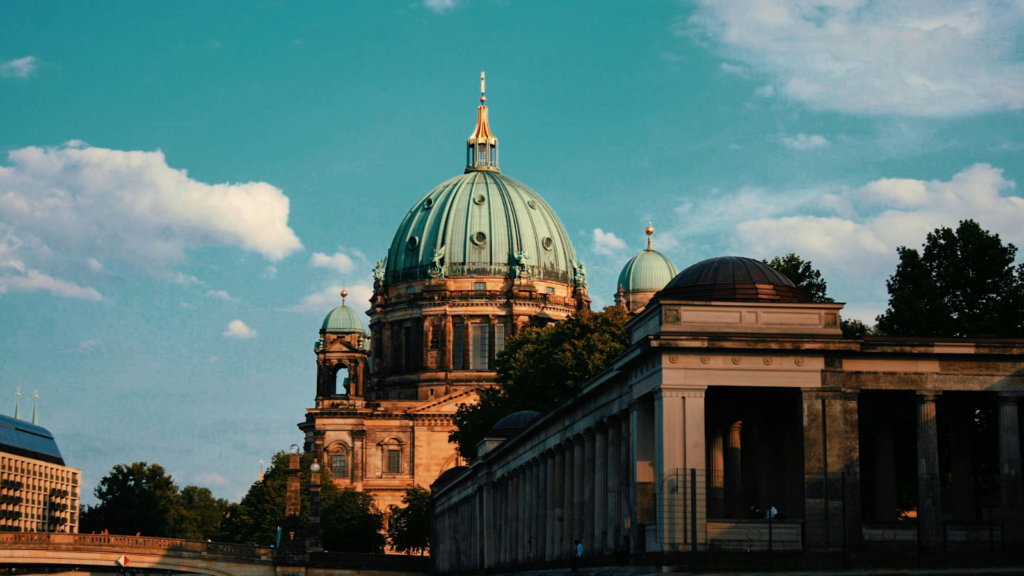Imagine stepping into a world where time stands still, where every brick, every archway tells a story of a bygone era. That’s the magic of Bohemian architecture. It’s more than just a design style; it’s a journey through history, a celebration of artistic freedom and unconventional aesthetics.
From the intricate details of Art Nouveau to the rustic charm of old-world cottages, Bohemian architecture is a feast for the eyes. It’s a style that defies norms, embraces eclecticism, and embodies the spirit of the Bohemian lifestyle. Get ready to delve into the fascinating world of Bohemian architecture, where every structure is a unique masterpiece, a testament to the power of creativity and imagination.
Bohemian Architecture

Residing deep in the heart of European aesthetics, Bohemian architecture represents a kaleidoscope of artistic expression. It’s not merely a style; it embodies the unconventional, creative souls of those aligning with the Bohemian ideology. Distinct in each frame, pillars, and facades, it reflects diverse influences, making it an architectural melange of sorts. Murals and frescoes, characteristically prevalent, showcase a riot of colors, underscoring the Bohemian flair for unabashed expressiveness. To encapsulate, this architectural style acts as a conduit, serving tales of epochs gone by on a platter of bricks, color, and creativity.
Historical Evolution of Bohemian Architecture
The historical backdrop of Bohemian architecture weaves a colorful mosaic of cultural influences. Notably, this style stems from the Bohemia region of Czech Republic from the 6th century AD. Over centuries of transformation and reinvention, Bohemian architecture adopted divergent elements of Roman, Gothic, Renaissance, Baroque, and Rococo, making it a wide-ranging architectural movement.
Bohemian architecture first exhibits its individuality in the Romanesque period (10th-12th century), with robust stone structures, semi-circular arches, and typified by thick walls with narrow windows. Basilica of St. Procopius in Trebic, a UNESCO World Heritage site, exemplifies this era.

The succeeding Gothic period emphasized verticality and light in architectural design. Themes of this era, such as pointed arches and stained glass, are visible in prominent structures like the Prague Castle and St. Vitus Cathedral.
Markers of the Renaissance (15th-17th century) viz., symmetry, proportion, and geometry, seeped into Bohemian architecture. Krumlov Castle demonstrates this influence with balanced layouts and elaborate sgraffito decorations.
Baroque (17th-18th century), known for its opulence, articulated Bohemian architecture by fusing dynamic shapes, vibrant colors, and grandeur. Wallenstein Palace and Troja Palace reflect this influence with their ornate stucco work and grand sculptural decorations.
Design Principles of Bohemian Architecture

Bohemian architecture is not bound by rigid principles. Instead, its design embraces artistic freedom, rooted in the Bohemian lifestyle. Incorporating durable materials like metal roofing into these designs can enhance their longevity while maintaining their aesthetic appeal. Aesthetic, rather than purpose, drives these buildings. One spots a mix of Romanesque, Gothic, Renaissance, Baroque, and Rococo characteristics throughout the structures. Robust and sturdy forms from Romanesque architecture, synonymous with safety and protection, get a nod.
Symmetry borrowed from Renaissance themes belies the hidden order within Bohemian architecture. Baroque influences ring in elaborate ornamentation and dramatic effects, inviting awe and wonder. Rococo leanings offer decadence, playfulness, and graceful detailing. This architecture type also showcases robust expressions of local artistic sensibilities..
Impact on Modern Architecture
Bohemian architecture’s embracement of diverse styles has left a visible mark on many modern architectural trends. Artistic freedom, inherent in Bohemian designs, injects individuality and eclecticism into contemporary structures. Modern buildings exhibit a melange of Romanesque, Gothic, Renaissance, Baroque, and Rococo influences, imbuing them with Bohemian spirit. Echoes of robust stone structures from the Romanesque period blend with Gothic verticality, creating a distinctive architectural character. Intricate Rococo details accentuate this blend, reflecting the aesthetic-driven approach of Bohemian architecture. Benefit from this architectural movement lies in the ability of architects to deviate from restrictive
Rich History & Diverse Influences in Bohemian Architecture
Bohemian architecture’s rich history and diverse influences have left an indelible mark on the realm of design. It’s an embodiment of artistic freedom that continues to inspire modern architectural trends. The blend of styles, from Romanesque to Rococo, has spurred a new wave of individuality and eclecticism in contemporary structures. Architects today, drawing from the Bohemian spirit, are pushing boundaries and exploring unrestricted design possibilities.
